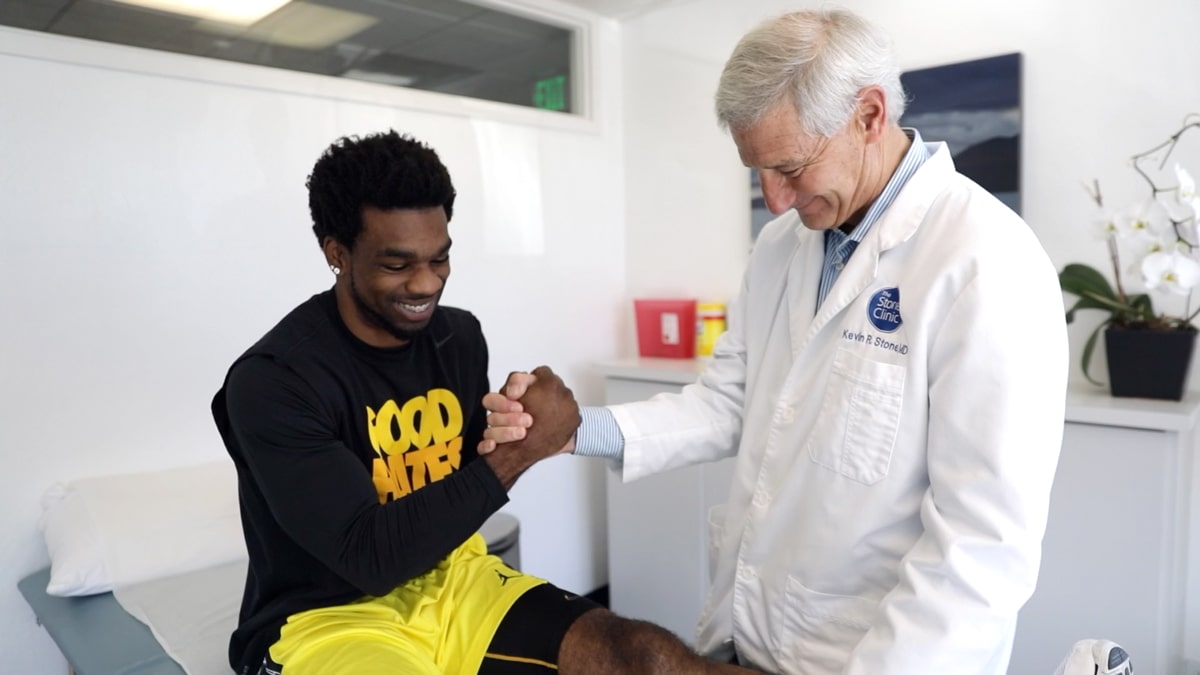Patients For Life
When you see a doctor, you have three choices: Ignore their advice and go somewhere else, trust them to solve your problem and move on, or engage with them as an advisor for life. Magic happens when doctor and patient bond forever.

The doctor/patient relationship is sometimes described in unpleasant terms. Often the doctor has become an employee, referred to by their employer as a “provider.” The patient has become a “life,” as in how many “lives” are in the provider’s list to serve. And the interaction between the two has become a digital transfer, with the doctor clicking boxes in the medical record while the patient hopes for even a moment of eye-to-eye contact.
It doesn’t have to be this way, and this absurd structure will not last.
From my point of view, every patient represents an opportunity for a lifetime relationship. Once trust is built, the conversation heads first towards how we creatively solve the immediate problem and then to the question of how we use the injury to build a program returning the patient to activity fitter, faster, and stronger than they were before they were injured. Or in the case of arthritis, how do we either fix it or work around the limitations of the disease to develop a new range of activities and sports that optimize the entire body?
When a problem requires surgical intervention, the goal is to create solutions that empower activities. But whether or not surgery is required, building the team of physical therapists, fitness trainers, and nutrition guidance is always part of the program—because a patient can’t become “fitter, faster, and stronger” if they continue doing the things that led to their injury. The injury itself is an opportunity, and the physician holds much of the power to inspire the patient to seize it.
We ask our patients to return at regular intervals during the first year after surgical intervention, and annually thereafter. We do this not only for outcomes measurements, but to update their fitness assessment as well. The outcomes measurement helps us determine if what we did with the patient actually worked and learn from those whose outcomes did not turn out as expected. We often learn the most from patients who accelerated their rehab faster than we thought possible. At each visit, we provide a fitness test that the patient should not be able to pass. This is because our goal is to find out where a person is weak, then build a program to strengthen that weakness. If we are going to help people be better than ever—fitter, faster, and stronger, and dropping dead at 100 while playing some sport or doing an activity they love— the testing goes on for a lifetime. And this becomes a fabulous relationship: watching people mature over decades and growing older with them.
It does not have to be costly despite what the “managed” healthcare systems think. Yes, those who can afford fitness coaches, regular physical therapy visits, and other support services use them to their advantage. However, we, and many others, provide vast troves of online information to help people recover from injuries and train for life. It is the inspiration and guidance to do so that occurs on that first visit to the doctor that leads to the long-term relationship. The current day “one-and-done” healthcare system style has no chance of competing with the love affair of a great doctor-patient relationship.
Every athlete gets injured at some time in life. The best use the injury to work on their fitness program to return to sport improved not diminished. Every patient and every doctor in every field has an opportunity to accept the injury or disease they are suddenly afflicted with and treat themselves as a pro athlete would. Don’t you deserve that?
